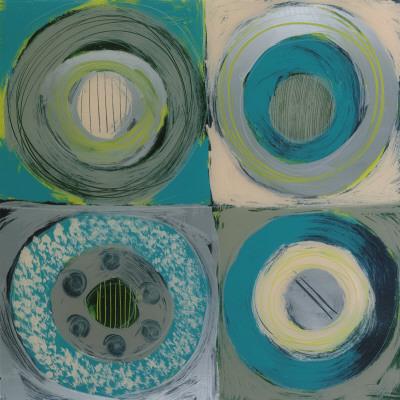
Liner packing and position helps improve sample vaporization and homogenization and prevents nonvolatile material from entering the column. Handling the wool after deactivation can introduce activity as well, so Topaz liners are deactivated in situ, after packing, providing exceptional inertness and product reproducibility. Restek’s Topaz inlet liners are packed with fused quartz wool that is much purer than the commonly used borosilicate glass wool. To confidently take advantage of all the benefits wool has to offer without many of the concerns about liner activity, it’s important to use pure and highly inert wool. These liners go through a state-of-the art deactivation process that renders the liner and wool inert to a wide variety of sensitive analytes.Īs noted in the Packing Material and Position section below, for many applications, glass wool is an essential component to achieving the most precise and accurate results however, it has also traditionally been a source of physically and chemically active sites that can have unwanted interactions with the sample. Restek’s Topaz inlet liners offer exceptional inertness-assuring accurate transfer of analytes to the column-good response, and highly symmetrical peaks. These effects complicate quantification and can be particularly problematic for sensitive analytes. Many chromatographic problems, such as poor response and missing or tailing peaks, are caused by activity in the inlet liner. Liners and their packing materials need to provide highly inert pathways to guard against sample adsorption (reversible or irreversible) and sample degradation. This is particularly important for very volatile compounds introduced via purge-and-trap or static headspace techniques, or when 0.18 mm, 0.15 mm, or 0.10 mm ID columns are used. In turn, this will move the sample onto the column quickly, reducing the injection band width, improving efficiency, and helping keep peak widths narrow. Linear VelocityĬhoosing a liner with a narrow inner diameter will give a faster linear velocity (for a given flow rate). Where a 15.8 psi head pressure creates a column flow of 1.5 mL/min for a 30 m, 0.25 mm ID column in an oven at 40 ☌. Table II: Example solvent expansion calculator results. Therefore, it’s helpful to learn about the different liner options available to understand how they can affect your analysis. While these recommendations provide a good starting point, the unique needs of your application may require a specific feature to be successful.

Finally, for PTV injections, a narrow inner diameter liner would also be used, but one that contains baffles or dimples and is compatible with the inlet. For gaseous samples, an inlet liner with a narrow inner diameter is recommended to ensure a tight sample band. For direct injections, the placement of the drilled hole is the only decision you need to make, with most applications finding the hole drilled at the top of the liner to be effective. In most cases, a Restek Topaz Precision liner with wool for split injection, or a Topaz single taper liner with wool for splitless injection, will produce excellent results. Generally, this question can be simplified based on your injection technique.

However, with so many options to choose from, how do you determine which one is best for your analysis?

They differ in geometric design, volume and inner diameter, deactivation, and the presence or absence of some type of packing. GC inlet liners are available in a multitude of styles. ASE Extraction System Parts Cross-Reference.Documentation Search (SDS, Certs, Data Packs).EZGC Method Translator & Flow Calculator.


 0 kommentar(er)
0 kommentar(er)
